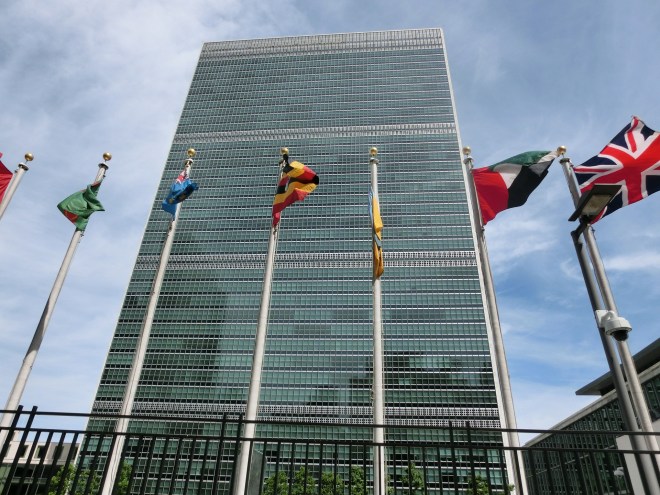On 22 September 2022, the UK Intellectual Property Office (IPO) published the Guidance on Examining Patent Applications Relating to Artificial Intelligence Inventions. The Guidance consists of two parts:
- The Guidelines on the practice of examining patent applications for inventions relating to artificial intelligence (AI), and
- The Scenarios illustrating and reflecting a non-binding assessment of how the IPO would apply the Guidance to the patentability of an AI invention
Following the UK Government’s response to the Call for Views on Artificial Intelligence and Intellectual Property which ran from 7 September 2020 to 30 November 2020, the IPO was committed to publishing this Guidance. Indeed, the benchmark of this project was the Refreshed Industrial Strategy (“Strategy for Growth”) and the government’s wider ambition for the United Kingdom to be at the forefront of the technological revolution and a leader in AI technology.
In its response to the AI and IP calls, the government defined AI as “technologies with the ability to perform tasks that would otherwise require human intelligence, such as visual perception, speech recognition, and language translation”. Accordingly, the Guidelines rely on the basis that in the UK, patents are available for AI inventions in all fields of technology provided the conditions for the grant of a valid patent are met. According to Section 1(1) of the Patents Act 1977, a patent may be granted only if: (a) the invention is new, (b) it involves an inventive step, (c) it is capable of industrial application, and (d) the grant of a patent for it is not excluded by the relevant provisions. These four conditions apply to all inventions in all fields of technology. Thus, a patent may be granted for an AI invention when it is new, involves an inventive step, is capable of industrial application, and is not excluded from patent protection.
AI inventions can be either computer-implemented relying on mathematical methods or computer programs in some way. Indeed, the guidelines apply whether the invention is categorised as “applied AI” or “core AI” or it relates to training an AI invention in some way. The IPO practice is to examine whether such an invention makes a contribution that is technical in nature by considering what task or process it performs when run on a computer. The latter excludes inventions relating solely to a mathematical method “as such” and/or a program for a computer “as such”. An AI invention is excluded from patent protection if it does not reveal a technical contribution.
The Guidelines also touch briefly on the requirement for sufficiency of disclosure concerning AI inventions.

It is worth noting that the recent guidelines do not have any mandatory effect and they are not a source of law. The current legal framework in the field includes the Patents Act 1977, as amended by subsequent legislation, and the Patents Rules 2007. While deciding on the relevant issues the case law and UK courts’ interpretation of the legislation should be considered. Furthermore, judicial notice must be taken of international conventions (such as the European Patent Convention) and of decisions and opinions made under these conventions.
The opinions on the patentability and practical illustrations of the possible scenarios drafted by the IPO shall not be binding for any purpose under the Patents Act 1977. Regardless of their advisory character, the Guidance is quite helpful and supplements the comprehensive Guidance about the patent practice at the IPO set out in the Manual of Patent Practice. The constructive feature of the guidelines is particularly evident in the explanations referring to the fundamental case law and judicial interpretations where relevant. More details of the Guidance and the full documents are available at Examining patent applications relating to artificial intelligence (AI) inventions – GOV.UK (www.gov.uk).




